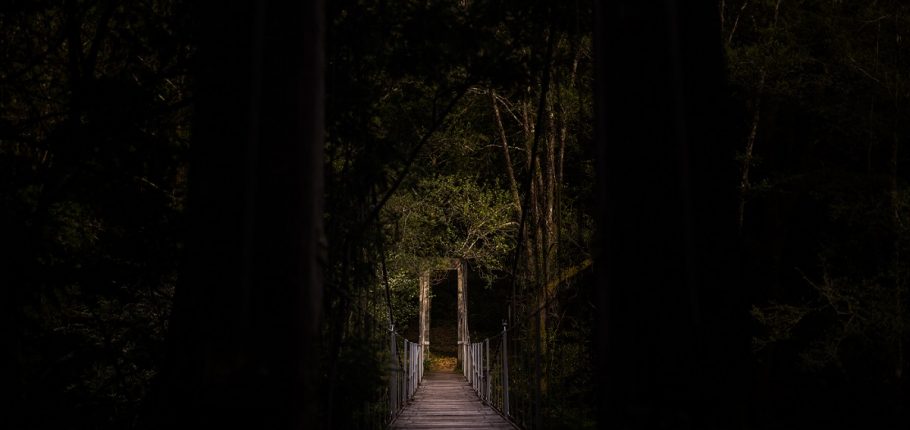
Filmmaking 101: Building Suspense
In order to build suspense in film you have to plan, exercise control, and use the language of cinema to meet your ends. While it’s true much of the suspense in a scene happens in the edit, you must have the correct building blocks i.e. the right story, the right scenes, and the right shots in order to make Martha’s long walk back to her car at 3 a.m. particularly suspenseful.
Use Music
The easiest way to build suspense in a scene is to add music. It’s simple and dern near always effective. Add creepy music to dimly lit interior apartment and the shot of a curtain flapping in the wind and–voila! Now is this the most basic way you can build suspense? Yes, but it works.
Build Emotion
Use your actor’s performance, the emotion they’re giving you. Use the actor’s eye, hand, face as a canvas. Build tension, rhythm, suspense with close-ups. Use rhythm to exemplify the emotion in the scene. It’s a more staccato and a more aggressive way to accomplish suspense, but it works (and it isn’t cliche). So if you want to build suspense while being original, this is a good way to go.
Make An Extreme Decision
What if you just put the camera across the room, and shot the whole thing in a massive wide? What if you did it all in a close up? What if you let the whole scene play out while looking at the back of someone’s head? Well, these are all extreme decisions that you could make. Do it wrong and you’ve got worthless shots and potentially a reshoot on your hands. Do it well and the audience will be biting their fingernails without even knowing why. Add a strange nerve-wracking energy to the scene with the sound of a rotating fan thumping against the wall and everyone will want to know “What happens next?”
Utilize The Space
Are you blocking the whole scene to utilize the entire space you’re shooting in? Are you making sure that your actors are aware of the space they’re in? Are you setting up foreground, background, and middle ground action? Are you creating a sense of rhythm with how you’re utilizing the room? Are you making sure that the space you’re shooting in is being seen by the audience? These are all good questions to ask yourself, questions that if you don’t have an answer for, you should.
Dirtying up the frame or composing it so that there are different kinds of motion taking place in the same shot sequence can easily add tension. There’s a reason why those scenes of the hero entering the jam-packed New York city streets, weaving between pedestrians in an attempt to lose the bad guys are effective, no matter how many times we’ve seen them. Confuse the eye with various moving target, add a few obstacles, add bad guys in hot pursuit and lay a percussive track beneath if all and they’ll be glad to see your protagonist escape unscathed.
Take Your Time
The main thing you want to do when building a scene is to really follow your internal rhythm. Don’t rush things. Don’t set things up and pay them off too quickly. Turn the screw and make sure you’ve got the footage to be able to do so. The actors may need to slow things down a bit, let a word fall flat followed by nothing but dead silence. During the edit, it can often feel like you need to get to the point faster than you actually do (and than an audience instinctively wants). Know this and tune back into the same internal rhythm you had when you were working with the actors to build emotion in the scenes. If you can’t track back to the rhythm you had there, read the scene again and enact it aloud or in your mind’s eye.
When all is said and done, when aiming to build suspense, you want to approach it from a holistic point of view. So ask yourself, “What’s the best way to stage the scene and the characters in a way that will naturally add tension? Prop placement, lighting, color, use of line and wardrobe can all help achieve your goal. Use the tools and talents at your disposal to make a film that’ll have them sitting on the edge of their seats.



